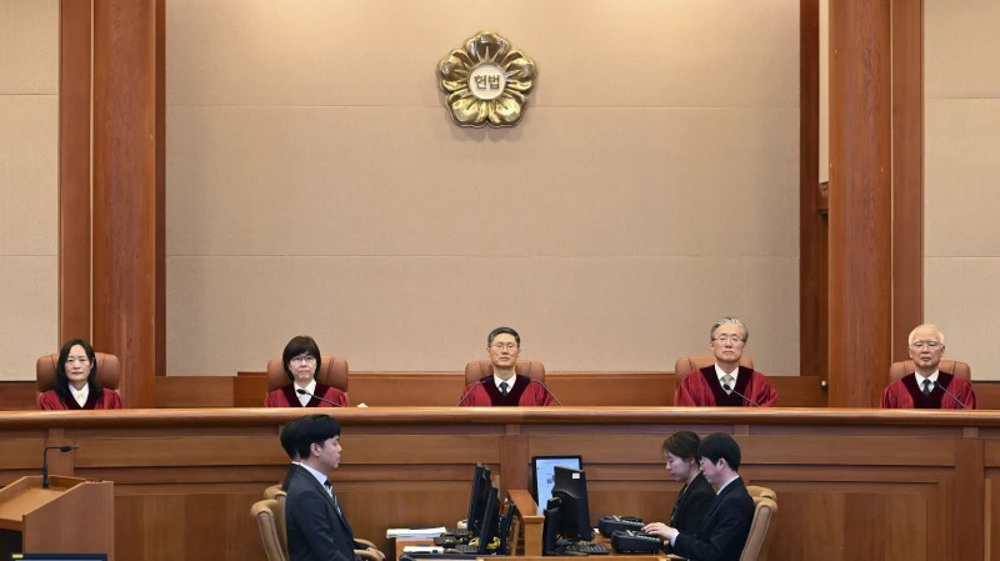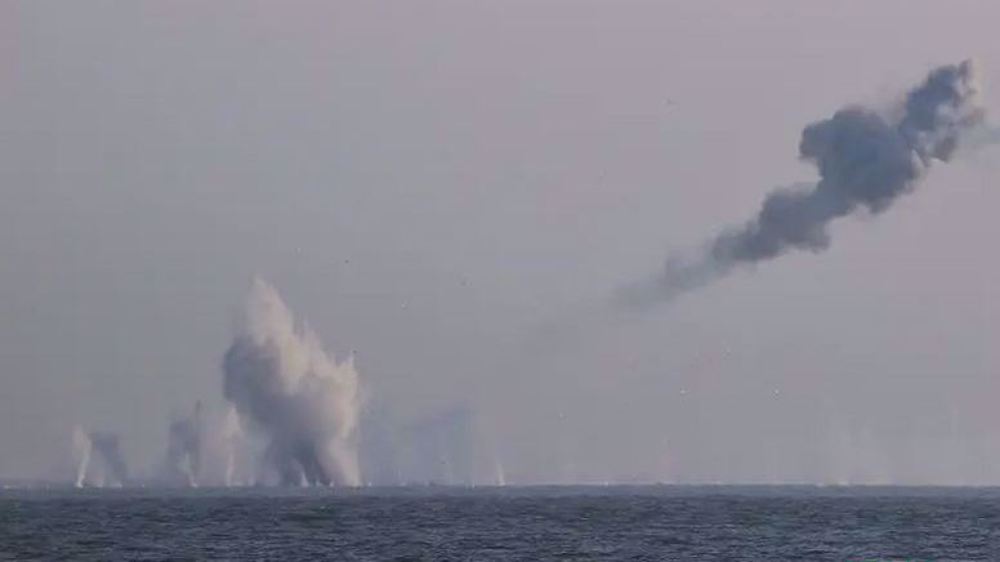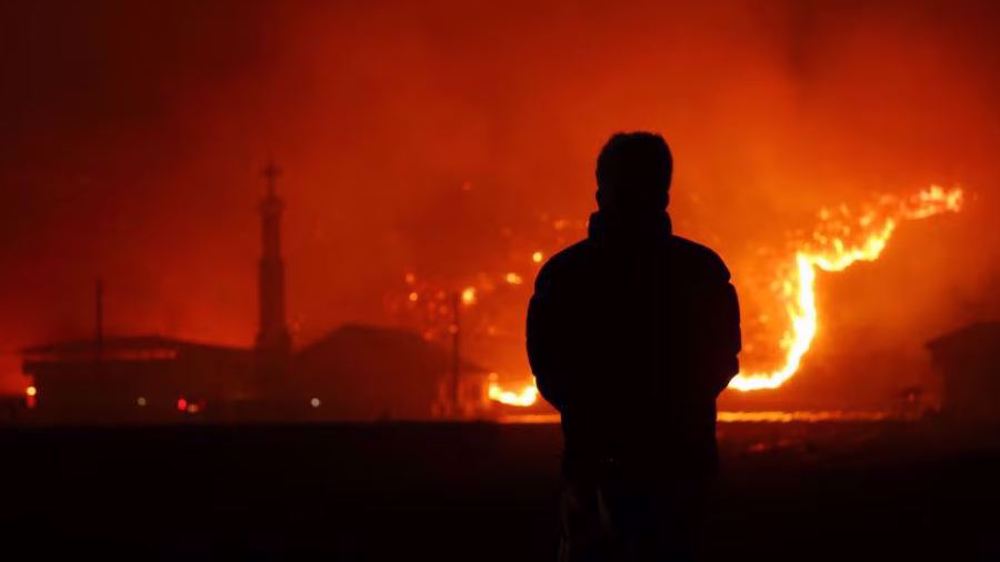'Unprecedented damage': 24 killed in South Korea's worst wildfire
A devastating series of wildfires has ravaged southern regions of South Korea, resulting in 24 fatalities, and the evacuation of 27,000 residents particularly as forecasts suggest only minimal rainfall in the coming days.
South Korea's Prime Minister and acting president Han Duck-soo said Wednesday five days of relentless wildfires in Ulsan and the Gyeongsang region have caused "unprecedented damage".
“Damages are snowballing,” he stated in a televised address, noting that the wildfires have already surpassed the destruction witnessed in previous years.
In response to the escalating crisis, officials raised the wildfire warning to the highest "serious" level nationwide.
This has compelled local governments to bolster emergency response teams, enforce stricter access restrictions to forests and parks, and recommend the suspension of live-fire exercises by military units.
Thousands of firefighters have been deployed, but "strong winds reaching speeds of 25 meters per second persisted from yesterday afternoon through the night, forcing the suspension of helicopter and drone operations," Han said.
Han noted that authorities suspect human error may have contributed to igniting several of the fires, possibly linked to activities such as using fire for clearing overgrown grass or sparks from welding.
Among the deceased are four firefighters and government workers who lost their lives in Sancheong after being trapped by rapidly advancing flames.
The fires, exacerbated by dry weather and strong winds, have already consumed over 17,400 hectares of land, the destruction of over 200 buildings including the historic Gounsa Buddhist temple, which dates back 1,300 years to the seventh century.
As the wildfire crisis escalated, evacuations were ordered in Andong and surrounding areas, affecting over 27,000 residents.
More than 5,500 people have been forced to flee their homes in Andong, Uiseong, Sancheong, and the city of Ulsan, where the fires have been most severe, according to South Korea’s Interior Ministry.
The fire has also spread to the nearby coastal town of Yeongdeok, prompting officials to close roads and mandate the evacuation of residents from at least four villages.
Nearly 9,000 responders, including firefighters, soldiers and emergency personnel, supported by over 130 helicopters and hundreds of vehicles, have been deployed to combat the flames.
Meanwhile, the justice ministry has not yet confirmed local reports regarding the relocation of 2,600 inmates from a prison in Cheongsong county, which is also close to Uiseong.
The government has declared a "full-scale national response" to bring the fires under control.
The Uiseong fire, which remains only 68% contained, has been described as having an "unimaginable" scale and speed, according to Lee Byung-doo, a forest disaster expert at the National Institute of Forest Science.
While certain extreme weather events, such as heatwaves and heavy rainfall, are clearly linked to climate change, forest fires, droughts, snowstorms, and tropical storms often arise from a complex interplay of factors.

Official: Russia preparing for visit by North Korean leader

Seoul: Acting president Impeachment overturned

North Korea testfires new anti-aircraft missile
New York doctor fired for rejecting Zionist propaganda, defending resistance
VIDEO | Rawan: We Palestinian women want to thrive!
Israeli military targets two buildings in southern Lebanon in violation of ceasefire
VIDEO | Rome demo slams EU for complicity in Israel's genocide in Gaza
VIDEO | Nigerian Islamic movement demands accountability for fatal attack on Quds Day protesters
VIDEO | 'Israeli regime is depriving us of all celebrations'
Former female Israeli captive raped by famous Israeli fitness trainer: Reports
Hamas agrees to proposal on national unity government; vows weapons are resistance’s ‘redline’







 This makes it easy to access the Press TV website
This makes it easy to access the Press TV website